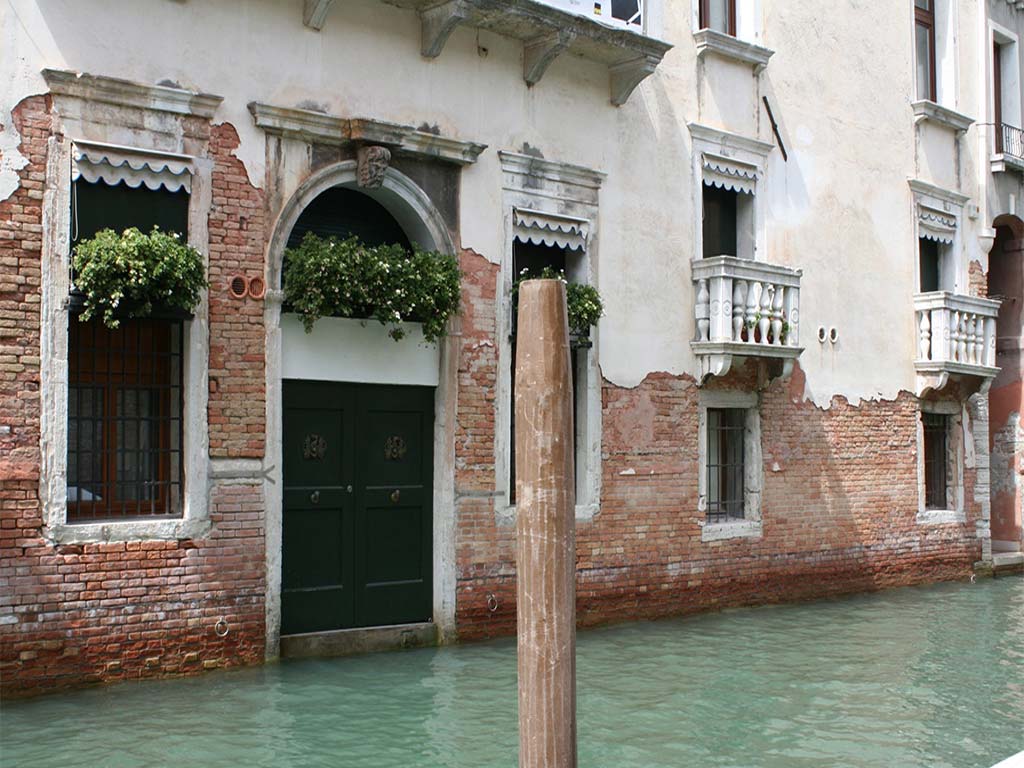Condensation is a widespread problem in many properties, responsible for most types of mould growth on wall surfaces. This can affect stored items in wardrobes, particularly clothes, shoes, etc. or external walls and the corners of the ceiling.
Condensation occurs when the moisture produced by cooking, cleaning, breathing and washing cannot be dispersed from the property due to a lack of adequate ventilation.
Moisture is retained in the atmosphere until the air temperature cools. At this point the airborne moisture condenses onto the wall surfaces, resulting in unsightly mould growth.
Traditionally properties were less ‘airtight’ and were difficult to heat, however draughts served to dilute the high humidity, so condensation was less likely to occur. Unfortunately, our modern lifestyles contribute to the problem in many ways. The smaller rooms and reduced air leakage of modern homes, the fact that many properties remain empty during the daytime and energy saving measures such as reduced ventilation and double-glazing, all combine to provide the ideal environment to sustain condensation.
Commonly, warm, moist air from kitchens and bathrooms migrates to colder rooms, such as bedrooms, and forms condensation on cold unventilated surfaces, such as external walls, within wardrobes and behind furniture etc.


